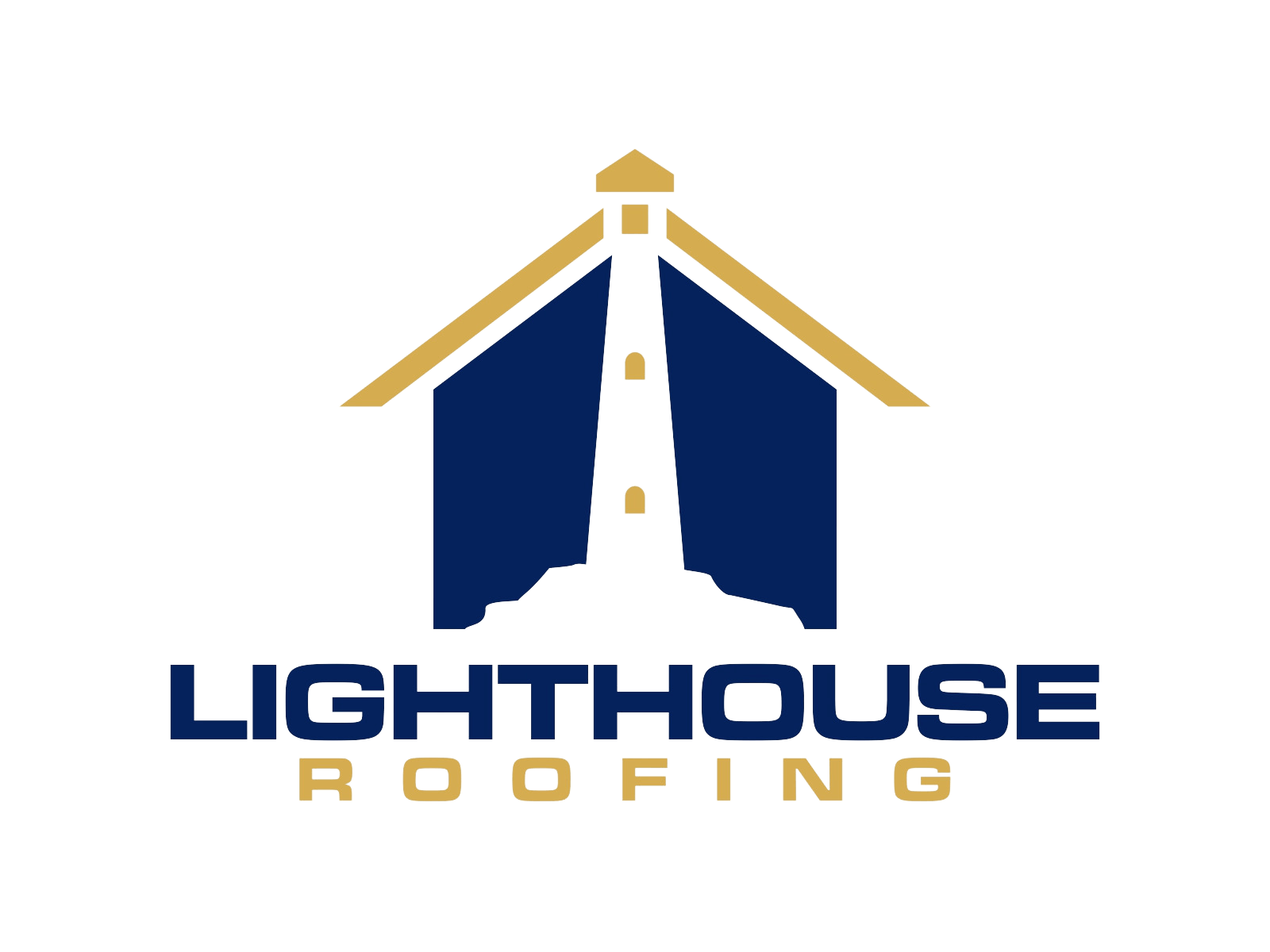The Importance of Ventilation in Your Roofing System
When it comes to roofing, most homeowners focus on the exterior—shingles, flashing, and gutters. But one often-overlooked component of a healthy roof is ventilation. Proper ventilation is vital for maintaining the integrity of your roof and ensuring the comfort and safety of your home. Here’s why ventilation is a critical aspect of any roofing system, especially in the variable climate of Middle Tennessee.
What Is Roof Ventilation?
Roof ventilation is the process of allowing fresh air to flow in and out of your attic or roof space. This is typically achieved through a combination of intake vents, like soffit vents, and exhaust vents, such as ridge or gable vents. Together, these components create a system that promotes air circulation and helps regulate temperature and moisture levels.
Why Roof Ventilation Matters
Prevents Moisture Buildup
Without proper ventilation, warm, moist air from your home can become trapped in the attic. Over time, this leads to condensation, which can damage your roof’s wooden structure, insulation, and even your ceilings. In winter, this is especially important because trapped moisture can freeze, causing further structural issues.
Extends Roof Lifespan
Excessive heat buildup in the attic can cause roofing materials to age prematurely. Shingles may curl, crack, or lose their protective granules, reducing their ability to shield your home. Ventilation helps keep the attic cool, protecting your investment and saving you money in the long run.
Improves Energy Efficiency
A poorly ventilated roof can lead to spikes in energy bills. In summer, hot air trapped in the attic forces your air conditioner to work harder to cool your home. Proper ventilation allows heat to escape, reducing the strain on your HVAC system and lowering cooling costs.
Prevents Ice Dams
In colder months, inadequate ventilation can contribute to ice dam formation. When heat escapes into the attic, it melts snow on the roof, which then refreezes at the edges, causing ice dams. These can block drainage and lead to leaks or water damage.
Enhances Indoor Comfort
Ventilation doesn’t just protect your roof; it improves the comfort of your living space. A well-ventilated roof helps maintain consistent indoor temperatures, reducing drafts and preventing rooms from becoming excessively hot or cold.
Signs Your Roof May Lack Proper Ventilation
- Excessively high attic temperatures in the summer.
- Visible condensation on windows, pipes, or walls in the attic.
- Mold or mildew growth in the attic or along the roof structure.
- Uneven heating or cooling in your home.
- Ice dams forming along the roof edges during winter.
How to Ensure Proper Ventilation
Hire a Professional for Inspection
Ventilation systems need to be carefully balanced to work effectively. A roofing professional can assess your current ventilation and recommend improvements if needed.
Check Your Soffit and Ridge Vents
Ensure intake vents (soffits) and exhaust vents (ridge or gable vents) are not blocked by insulation, debris, or paint.
Consider Your Home’s Needs
Different homes require different ventilation systems based on factors like roof size, attic insulation, and local climate conditions.
Why Choose Lighthouse Roofing and Exteriors?
At Lighthouse Roofing and Exteriors, we understand the unique challenges that Middle Tennessee homeowners face when it comes to roofing systems. Our team specializes in ensuring that your roof not only looks great but also functions efficiently, with proper ventilation to protect your home year-round.
Contact us today for a free inspection, and let us help you create a roofing system that stands the test of time.
Pro Tip: Ventilation upgrades can often be added during routine maintenance or roof replacements. Ask us how we can incorporate better ventilation into your next roofing project!
With a well-ventilated roof, you’ll enjoy better energy efficiency, a longer-lasting roof, and peace of mind no matter the season. 🌟










